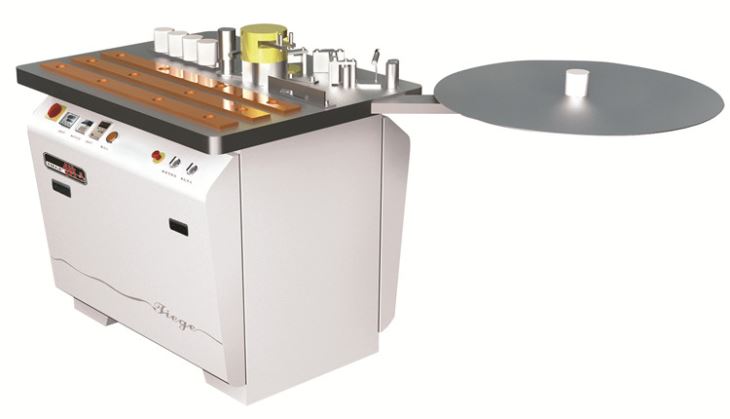Views: 646 Author: Site Editor Publish Time: 2022-05-16 Origin: Site
Traditional edge banding was a manual process requiring ordinary carpentry tools and materials. In modern applications, particularly for high-volume, repetitive manufacturing steps such as cabinet doors, edge banding is applied to the substrate by an automated process using a hot-melt adhesive. Hot melt adhesives may consist of various raw materials including EVA, PUR, PA, APOA, and PO. A substrate primer may also be used as a bonding agent between the adhesive and the substrate. Thicker edge bandings typically require a slight concavity to provide a tight glue line. The thickness can vary from .018" to 5mm or even more. The machine that applies the edge banding is called edgebander. An edgebander bonds the edge banding to the substrate, trims the leading and trailing edges, trims top and bottom flush with the substrate, scraps any surplus, and buffs the finished edge.
The automatic edge banding machine is suitable for straight edge banding and trimming of medium density fiberboard, blockboard, solid wood board, particle board, polymer door panel, plywood, etc. It can have double-sided glue-coated edge banding and cutting edge banding at one time. Pressing, flushing, chamfering, rough repairing, finishing
With functions such as scraping and polishing, the sealing edge is exquisite, smooth, and feels good, and the sealing line is straight and smooth. The equipment is stable, reliable, durable, and affordable. It is especially suitable for manufacturers of large and medium-sized furniture, cabinets and other panel furniture.
